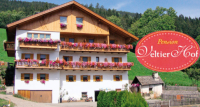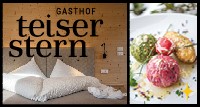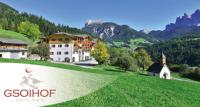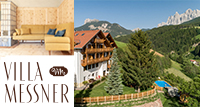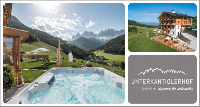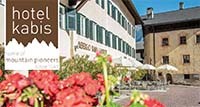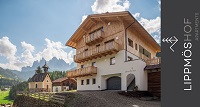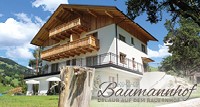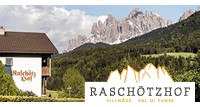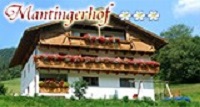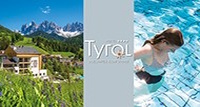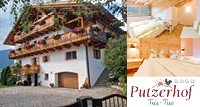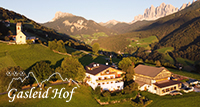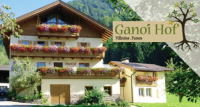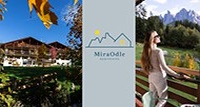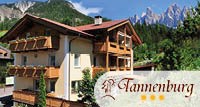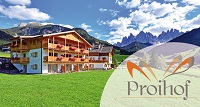You are here:
home -
Transhumance
Traditional practice of shaping the landscape
The alpine pastures in the Dolomites, with green meadows and colourful flowers, the ringing cowbells of satisfied grazing cattle and the alpine huts, where to stop by; it all is taken for granted. However, without the traditional transhumance practice most of the alpine pastures would run wild.
The purpose of the transhumance has always been the use of pastures in high mountain areas. During the summer the farmer send his cattle to the alpine pastures, reducing the workload of his farm, expanding the food supply and promoting the wellbeing of the animals. In addition, well-maintained pastures are of great importance for the water balance and a measure to protect against erosion. The biodiversity in the alpine area is very rich and, hardly anywhere in agriculture so much biodiversity.
The transhumance has a very high priority in South Tyrol. It shapes the mountain landscape and it characterises the cultural practices of the mountain villages.
The purpose of the transhumance has always been the use of pastures in high mountain areas. During the summer the farmer send his cattle to the alpine pastures, reducing the workload of his farm, expanding the food supply and promoting the wellbeing of the animals. In addition, well-maintained pastures are of great importance for the water balance and a measure to protect against erosion. The biodiversity in the alpine area is very rich and, hardly anywhere in agriculture so much biodiversity.
The transhumance has a very high priority in South Tyrol. It shapes the mountain landscape and it characterises the cultural practices of the mountain villages.
 Young hersman Roland with his cows
Young hersman Roland with his cowsThe return of the cattle
When the cattle returns from mountain pastures, people celebrate it with a colourful event in autumn, every year the weekend before last of September. For this event, called “Almabtrieb”, the cows are decorated with alpine flowers, mirrors and bells. Traditional dishes, like "Krapfen", "Strauben" and "Tirtl" are made by the farmers' wives. Of course there is also traditional music, folk dance like the "Schuhplattler" and folcloristic spectacles of the "Goaslschnöller". The alpine meadows show a magnificent display of flowers
The alpine meadows show a magnificent display of flowers


